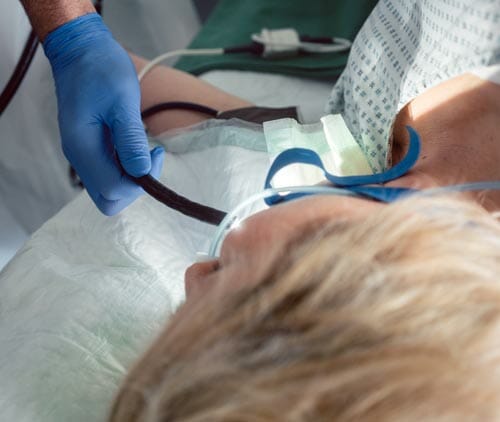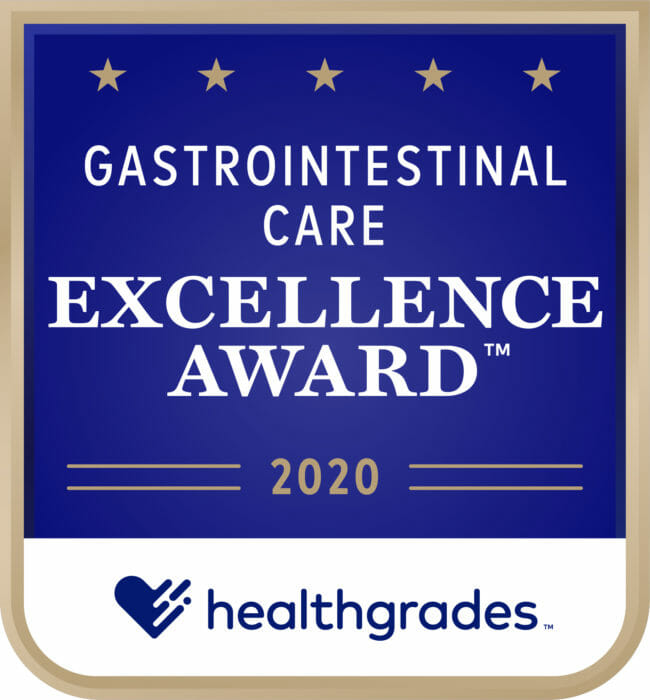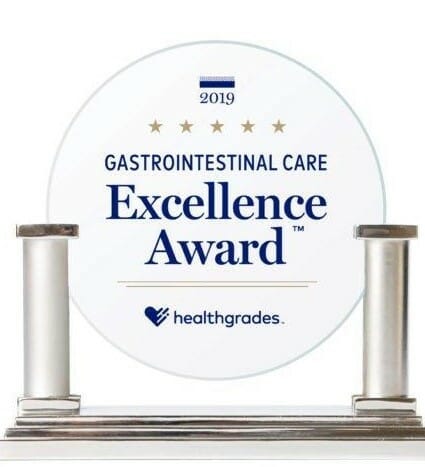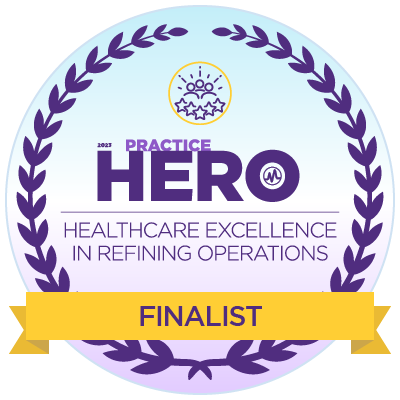Upper Endoscopy (EGD)
QUICK LINKS

What is an EGD (Upper Endoscopy) and What Purpose Does It Serve?
An esophagogastroduodenoscopy, also known as an EGD or upper endoscopy, is an exam that allows your doctor to look at your upper digestive system using a thin, flexible tube that has a light and camera. Your doctor inserts the tube into your mouth and guides it down your throat to find the cause for symptoms such as nausea, vomiting, abdominal pain, difficulty swallowing, or gastrointestinal bleeding. Your doctor may recommend an EGD to collect tissue samples to test for diseases and conditions related to the upper digestive system, such as bleeding, inflammation, diarrhea, or cancer. We may also recommend an EGD as a treatment for conditions, such as widening the esophagus, removing a polyp, or removing a foreign object that may be stuck in your esophagus.
How Should I Prepare for the Procedure and What Can I Expect?
Before an EGD, your doctor will give you specific dietary instructions and may make temporary adjustments to your medication. The doctor will also determine whether you should have a sedative before the procedure to help ensure you are relaxed and comfortable.
When you arrive for your exam, we will have you to change into a gown. You will lie on your back or side, and you will receive a sedative or a spray anesthetic in your mouth to make your throat more comfortable. Your doctor will guide the tube down your esophagus and may ask you to swallow in the process. During the procedure, you may feel pressure in your throat, but you shouldn’t feel any pain or have problems breathing. As the endoscope moves down your esophagus, it will capture images and video of your upper digestive tract and transmit them to a monitor so your doctor can review and analyze them. If your doctor sees some tissue that should be examined more closely, he or she can use the endoscope to take a biopsy.
An endoscopy procedure generally takes 15 to 30 minutes. You generally need additional recovery time for the sedatives to wear off. After the exam you may experience mild bloating or gas, cramping, and/or a sore throat. Most patients can resume normal activities and diet shortly after the procedure once the sedative has worn off.
Your doctor will follow up with you to talk about your exam results and let you know if you need additional exams or procedures.
Learn More: EGD or Upper Endoscopy
American Society for Gastrointestinal Endoscopy
Society of American Gastrointestinal and Endoscopic Surgeons (SAGES)
Ready to Schedule an Appointment or Need More Information?
At Digestive Health Associates, we are dedicated to helping you achieve and maintain an optimal level of digestive health.









